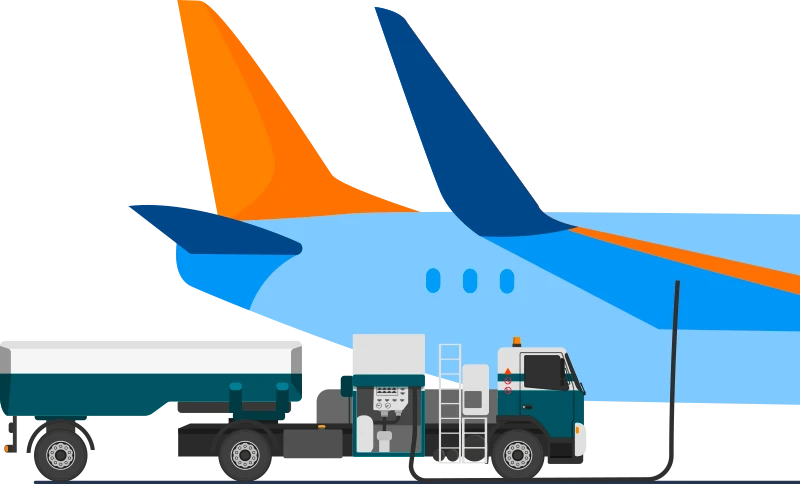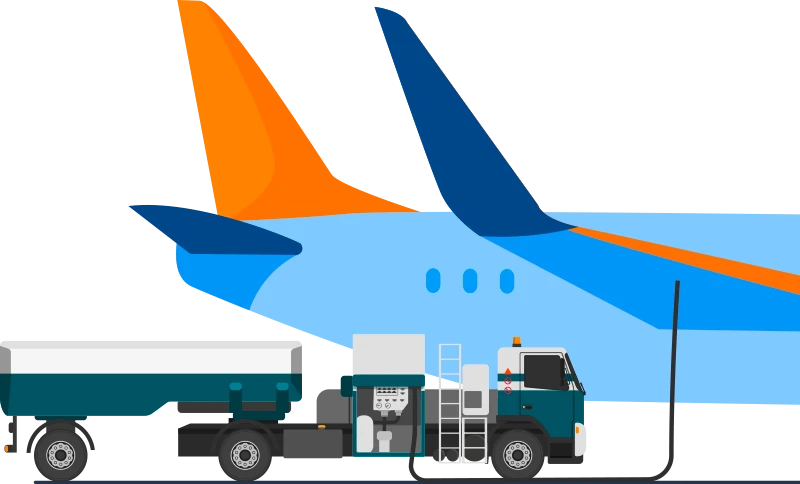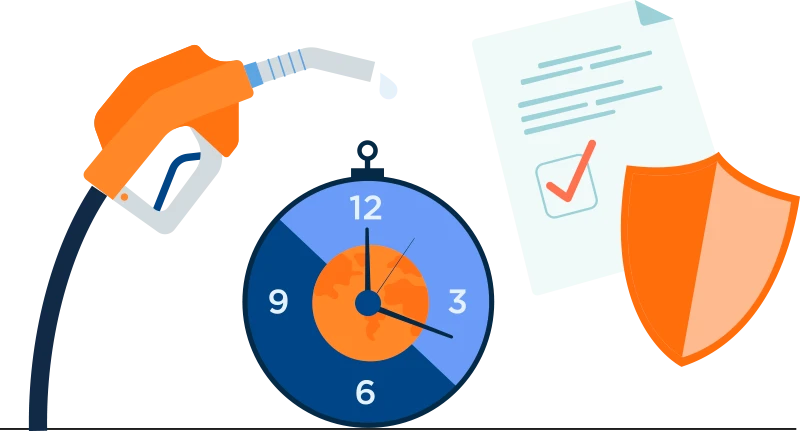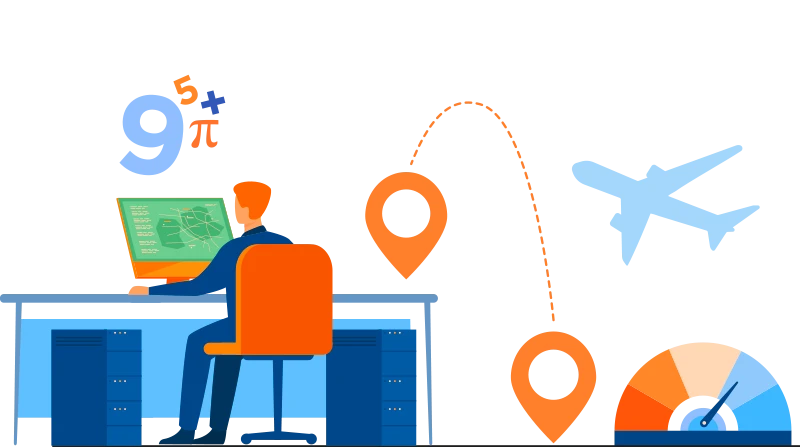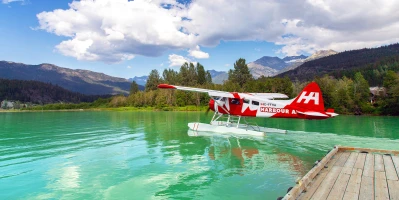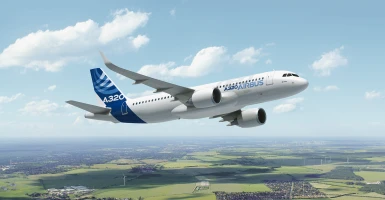good-to-know
“Before the flight”: The math problem of refueling
Comprehensive planning, precise calculation and compliance with a wide range of safety regulations: Refueling an aircraft is a science in itself.
author: Markus Kemminer | 3 mins reading time published on: 11.01.2022
author:
Markus Kemminer
is executive editor of the content agency TextVersion. He writes about a wide range of technology topics, with aviation up at the top of the list.
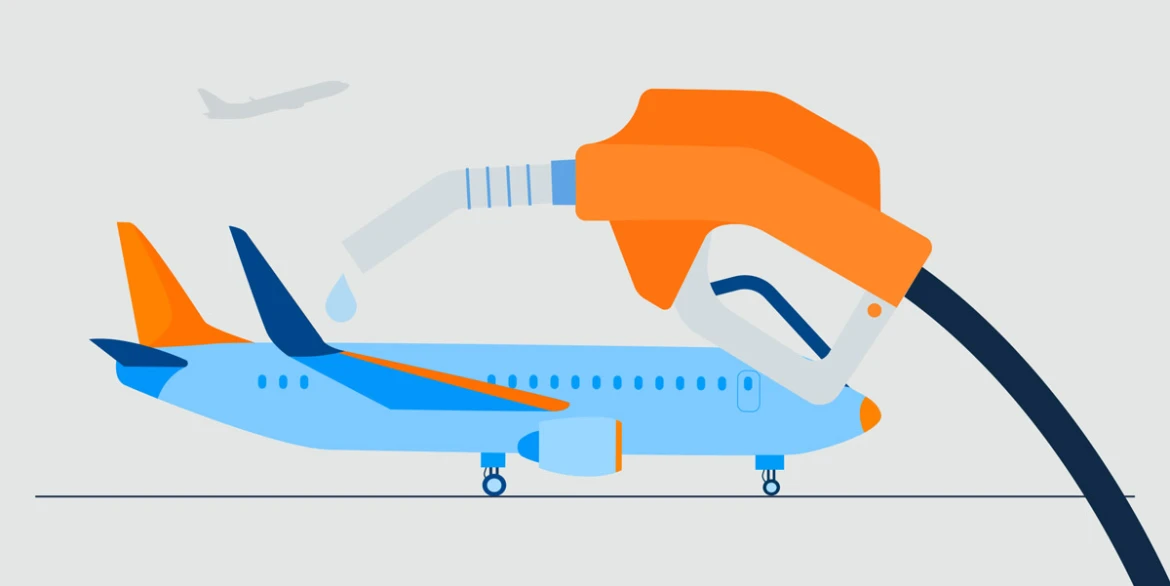
When does the fuel go in the tank?
As comprehensive as today’s safety regulations for aircraft refueling are, they still allow for much more flexibility in terms of when refueling takes place in the flight preparation process. It used to be that the refueling of aircraft during boarding was permitted only under strict safety regulations (firefighting personnel had to be in the immediate vicinity and ready to go); nowadays, this is often possible without major restrictions. In line with the needs of airlines and airport operators, this flexibility is primarily used to shorten ground time during flight preparation. This is because it is only by allowing refueling and loading/unloading processes to partly overlap that the times between an aircraft’s landing and takeoff can be significantly reduced, which in turn increases profitability.
However, it is important to note that, even though aircraft refueling is less dangerous today due to a multitude of legal rules plus airport and airline regulations, one thing still holds true...
Safety first!
To ensure safety, the processes themselves as well as the equipment used for them are repeatedly checked for compliance. Additional rules apply to refueling an aircraft while passengers are boarding. However, such rules can differ quite significantly from airport to airport and airline to airline. Often, the airport fire department at least must be notified; some places still require their immediate presence. Other rules include keeping the doors open, having evacuation options ready, and all passengers must be seated but with their seat belts unfastened.
How does the fuel get into the aircraft?
At one time or another, almost every passenger has seen a fuel truck refueling an aircraft. In between flights, these trucks transport the kerosene into the tank containers on the wings. However, few people are aware that most of these “tankers” serve merely as pumps. They do not carry fuel themselves, but act as a link between the aircraft and the fuel depot. The trucks pump kerosene at high pressure from “outlets” embedded in the ground and then into the aircraft—but at considerably less pressure so that the aircraft is not damaged. These refueling trucks also have various filter systems that the kerosene flows through, allowing unwanted particles to be removed at an early stage.
During refueling, checks are made again and again to ensure the kerosene is evenly distributed in the aircraft tanks so that the aircraft does not get too heavy on one side. A refueling computer monitors and regulates the distribution of kerosene and an aircraft refueling attendant has a handheld remote control, which can be used to stop refueling at any time.
Wherever there are no kerosene pipelines equipped with “outlets,” an airfield tanker is used, which can hold up to 35,000 liters of kerosene.
Fill ’er up? – No thanks!
The same principle applies when it comes to the amount of fuel: the safety of passengers and crew is paramount. Accordingly, there must be enough kerosene on board to cover the eventuality that the aircraft cannot reach its destination airport directly or must divert to an alternate airport due to bad weather.
Unlike for land vehicles, aircraft are generally not refueled completely. There are several reasons for this. One is that the greater the amount of fuel, the higher the fuel consumption. In addition, a fully fueled and fully occupied aircraft usually exceeds its maximum permissible gross weight. In such a case, it must be calculated how much fuel is necessary for the planned route and how many seats can then still be allocated. Aircraft refueling is therefore always about the math.



